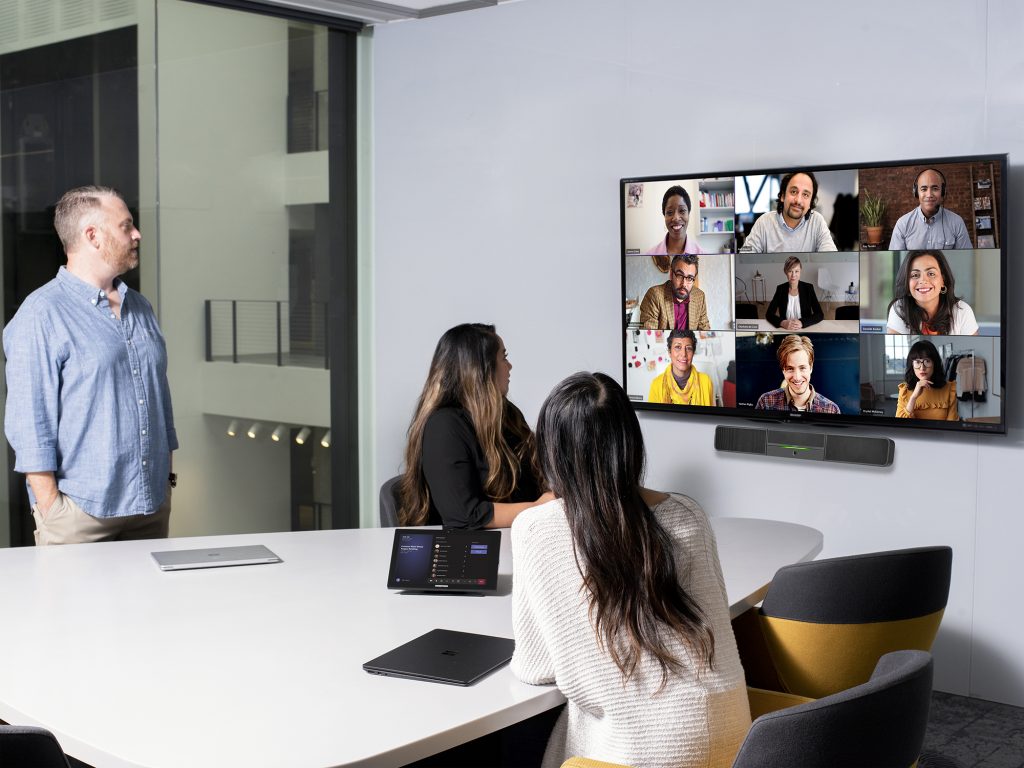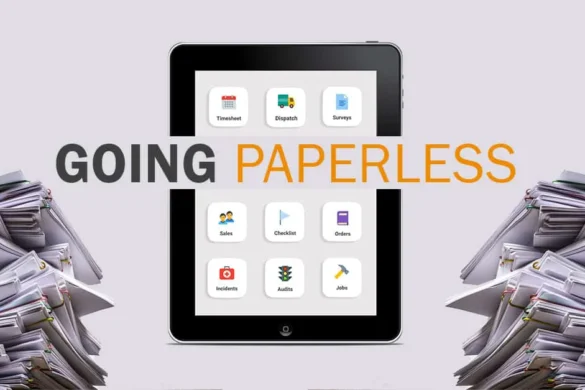
Key Takeaways
- Efficient browser use can save hours each week in a hybrid work environment.
- Built-in and third-party browser tools streamline daily workflows.
- Mindful browsing enhances focus, minimizes distractions, and promotes digital well-being.
- Cross-device sync and cloud-centric features are vital for hybrid teams.
- Applying a few small habits can add up to significant productivity wins.
Shifting Workstyles: The Hybrid Norm
Hybrid work has revolutionized the way individuals approach productivity and collaboration. Flexible work models allow team members to seamlessly transition between offices, co-working spaces, and home offices, often in a single week. Due to this constant shift, digital agility has become a highly valued skill, with the web browser emerging as the central hub for most day-to-day work. Far from being relegated to occasional searches, today’s browsers handle everything from meetings and document editing to file storage, team chat, and in-depth research.
As hybrid setups become a permanent fixture, browser choice and browser habits play an outsized role in determining worker efficiency. Choosing a browser platform that can handle project switching, multiple logins, and streamlined workflows is crucial. For instance, the Shift Browser is tailored for modern professionals who want an all-in-one digital workspace. Regardless of which browser is used, building intentional browsing habits can make all the difference in maintaining structure, reducing friction, and delivering consistent results across every workspace.
Browser Overload: Challenges in Hybrid Work
With a rising array of web apps and digital tools at our disposal, browser overload is becoming a nearly universal workplace challenge. Typical hybrid workers may find themselves managing 10, 20, or even 30 open tabs at once—often including email clients, cloud documents, project management boards, CRM dashboards, video calls, and resource libraries. While access to these tools can boost collaboration and innovation, there’s a real risk of digital overwhelm. Cognitive load rises with each new open tab and notification, draining focus and leaving users feeling scattered. It’s not just about having too many open windows—it’s the constant context switching, which science has shown erodes both productivity and satisfaction. Some workers try to multitask, but research reveals that constant multitasking can reduce overall efficiency by as much as 40%. That’s an enormous hit over weeks or months. Recognizing the symptoms of browser overload—such as slow computer speeds, rising frustration, and missed updates—can help teams intervene early and adopt better digital habits for stress reduction and improved focus.
Integrating Work Tools with Your Browser
The rise of browser-based productivity tools means integration is now a must-have for cutting digital clutter. For example, extensions that connect project management apps, team Slack channels, task lists, and cloud storage directly into a side panel or as pop-up widgets can cut the time needed to find information or communicate. Some browsers allow users to log in to different workspaces simultaneously—handy for gig workers, freelancers, or anyone balancing multiple businesses or roles.
Reducing “app fatigue” is key to higher productivity in hybrid work. The ideal scenario is a single browser window where you can check tasks, chat with colleagues, review documents, and even track deadlines, all without hopping between dozens of open tabs. Take advantage of customizable dashboards or workspaces that consolidate all the information you need for the day. When apps sync smoothly with the browser, cross-device work—like picking up where you left off on a laptop or tablet—occurs without frustration.
Collaboration and Sharing Features
Successful hybrid teams succeed or fail based on their ability to collaborate in real time, regardless of location. Fortunately, today’s browsers are packed with features that make real-time teamwork easier than ever. Tools for instant link sharing, live document co-editing, and synchronizing workspaces across colleagues ensure that no one is left out of the loop. For example, many browsers now allow the quick sharing of a set of tabs or even entire work sessions with a team member—a huge time-saver during onboarding or complex projects.
Browser profiles also help create healthy digital boundaries; quickly switching between personal and work profiles ensures privacy and keeps personal social media, news, and shopping sessions discreet from client work or meetings. For freelancers, consultants, and anyone straddling multiple teams, this separation reduces confusion and keeps priorities clear. Combining these features delivers a collaboration toolkit ready for anything hybrid work throws at you.
Digital Well-being and Mindful Browsing
With boundaries between work and personal time blurrier than ever, digital well-being is essential for protecting both health and sustained productivity. Prolonged browser sessions can contribute to digital fatigue, difficulty concentrating, and even symptoms such as headaches or dry eyes. Fortunately, browsers increasingly include tools for managing this. Built-in focus timers or Pomodoro extensions gently prompt users to pause for a stretch or hydration break every hour. These habits have been shown to improve energy levels and reduce mistakes.
Simple settings—such as dimming screen brightness, switching to dark mode, or muting notifications during deep work periods—can also significantly reduce mental clutter and support overall well-being. When digital mindfulness becomes a daily habit, users report feeling less frazzled and more engaged both on and off the clock.
Emerging Trends in Browser Productivity
The browser is quickly evolving from a passive window on the internet into an intelligent, AI-driven assistant. Innovations are already impacting workflows, from extensions that auto-summarize long articles to tools that manage daily to-do lists by integrating with your browsing history.
Keeping an eye on browser updates, new integrations, and periodic settings reviews ensures users maximize the benefits of these intelligent features. Early adopters are already seeing significant time savings and smoother cross-team collaboration—proof that a willingness to experiment pays off in hybrid environments.
FAQs on Browser Productivity
- How often should the browser cache be cleared? – For most users, clearing the cache monthly is ideal, unless working with highly sensitive or ever-changing data.
- Are browser extensions always safe? – Stick to extensions from well-known developers or official browser stores, and always check what permissions are being granted.
- Can browsers keep me focused? – Focus-enhancing browser tools and extensions can block distracting websites, mute notifications, and enforce regular break schedules.
- What’s a good way to divide work and personal browsing? – Use separate user profiles or browser accounts, and keep bookmarks, history, and logins distinct for a clear digital separation of responsibilities.









